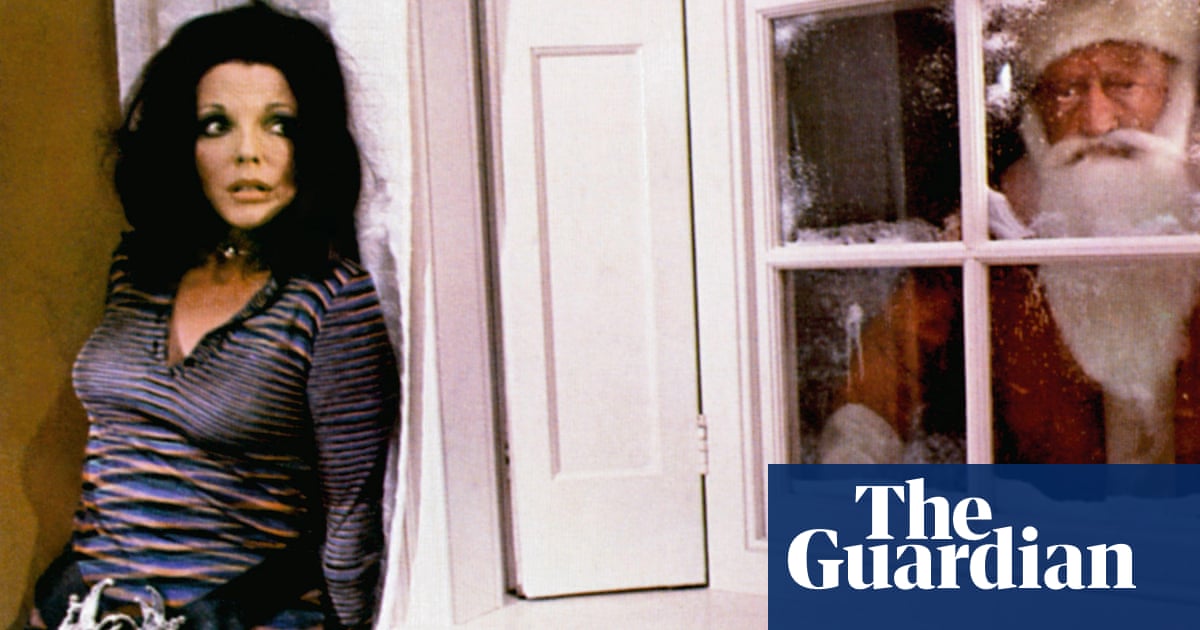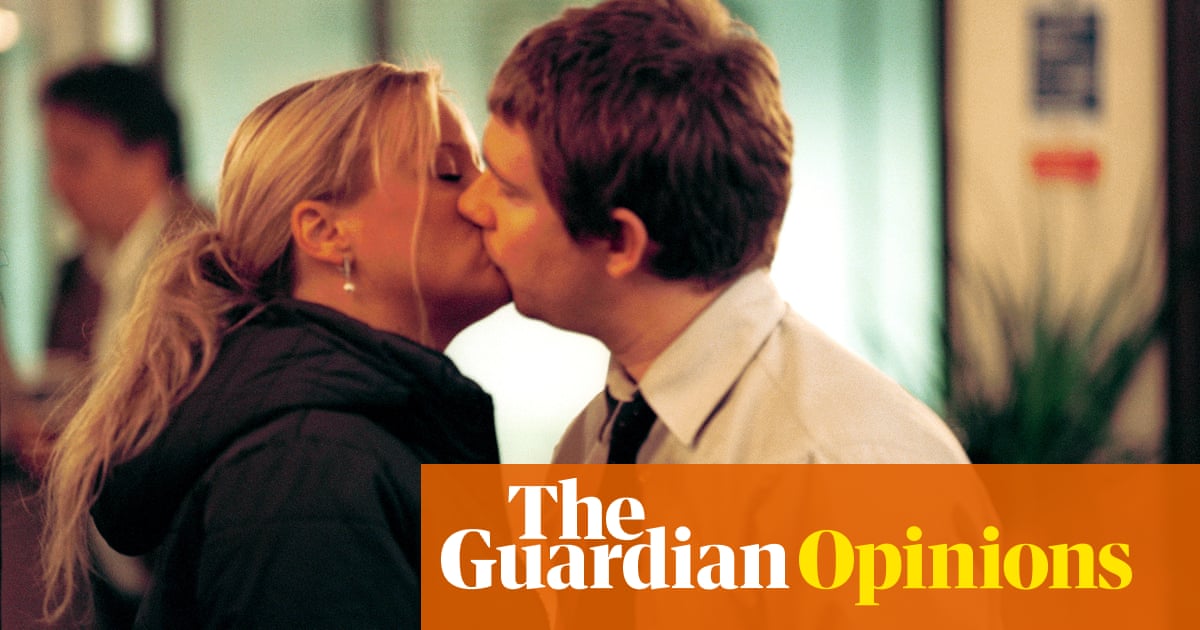
It would be easy, as the director Garrett Price says in the opening seconds of his documentary Woodstock 99: Peace, Love, and Rage, to structure a film about the disastrous music festival held on a July weekend in 1999 as a comedy. The reboot of Woodstock for an audience mostly born after the original festival in 1969 was a proto-Fyre meltdown of grotesque American excess, a panoply of late 90s nonsense – Kid Rock strolling on stage in a white fur coat, Limp Bizkit as a main draw, mostly young, white, male Gen-Xers paying to see nu metal acts in a poorly managed swamp of filth. But the easy jabs, the sheen of cultural nostalgia over any Woodstock, particularly the first one, mask what actually, says Price, “played out much more like a horror film”.
Woodstock 99: Peace, Love, and Rage captures an event that devolved spectacularly, with a palpable current of misogyny, white male rage, entitlement and cynical commercialism. The facilities built at an old air force base in Rome, New York – the irony of a new Woodstock held at a military facility – collapsed under the weight of 200,000 visitors. With water sold at $4, many festival-goers went without in temperatures over 100F (37.8C). Over 1,200 were treated for medical conditions; three people died. It’s a miracle it wasn’t more – the festival ended in riots, as attendees whipped up by three days of anarchy-fueled music burned the fairgrounds. Forty-four were arrested. There were 10 reported sexual assaults, but a cursory glance at the footage – male attendees groping topless women with glee, as if free love equates to free violation – assures there were many more.
But the original Fyre, as it’s sometimes been called, has mostly been forgotten as a cultural artifact, especially by generations too young to have been aware of the event when it happened. Woodstock 99 “kind of got swept under the rug”, Price told the Guardian, and is often confused with the more successful, less volatile Woodstock 94. The former festival “tells us where we are culturally more than in the early 90s”.
“You start the decade with Nirvana, with Pearl Jam, with hip-hop like A Tribe Called Quest, there’s sort of this idealism in the music, anti-establishment and non-commercialism,” said Price, “and you end the decade with commercialism and nihilism. How did we get from here to there?
“I’m not blaming that time for where we are now, but I think there’s a lot of interesting strands you can tie from one end to the other.”
At the time of the festival, Price was a sophomore in college in Texas, watching acts such as Korn, Metallica, Alanis Morisette and the Rage Against the Machine on pay per view with his roommates. “At the time, yes it was chaotic, it was crazy, but it never felt that crazy,” he said of the festival in 1999. “I had more Fomo, I think, that I missed out on this thing. And it wasn’t until years later when I started digging in, and I started reading some exposés on it” that he realized some terrible things happened.
Woodstock 99 untangles many of the threads that combusted into what looks, by the end, like a burning apocalypse through a heap of archival footage and interviews with participating musicians such as Moby, Korn’s Jonathan Davis, and Jewel, attendees and music critics. There’s the doomed impulse to reboot a highly romanticized moment for Boomers (the original Woodstock was, in reality, a mess, a few shades of luck from tragedy) into a money-maker for young college kids – part of a cultural pattern of “Boomers pushing their beliefs on younger generations”, said Price. There was the reaction to the chart-dominating teen pop of Britney Spears, ‘NSync, and the Backstreet Boys with overtly aggro acts like Limp Bizkit (choice song: Break Stuff).
And there was rampant raunch culture – the kind skewered in two other breakout films of the year, Promising Young Woman and Framing Britney Spears – which figured women’s bodies as first and foremost for the enjoyment of men. With the popularity of Girls Gone Wild and lad mags like Maxim and FHM, “it was a time of objectifying women,” said Price, “and mix that with the marketing ideals of the counterculture of free love, and you just create a toxic environment.” It’s an environment in which only three women were invited to perform (Jewel, Alanis, Sheryl Crow), in which women are groped as they crowd-surf, in which thousands of men chant “show your tits!” to an on-stage Rosie Perez, in which the concert’s promoter, Michael Scher, could insist the problem was actually MTV overstating the mayhem, as he does again in the film.
With Woodstock 99, the sell of 60s idealism curdled into the license to take, to do things not permitted off-grounds. There’s chilling footage of the late rapper DMX leading the crowd in a call and response to his lyrics, and a sea of mostly white people gleefully shout back the N-word. “The black performer is essentially licensing the people in the crowd to say this word with him,” Wesley Morris, a cultural critic with the New York Times, says in the film. “To perform a thing that they don’t believe. Or maybe they do believe it, but if you were to ask them what they believe, if you got each one of these guys after the show, and pulled them aside and said, ‘is it OK to say the N-word under any circumstances?’ They would, to a person, say, ‘I mean, the right answer is no, right?’”
The lure of transgression and debauchery, it appears, was potent. Some of the results are grossly comical – attendees slide in mud, as in the original festival, apparently unaware it’s human waste from overflowed and defaced toilets. More often, it’s sinister, destruction for destruction’s sake. Perhaps there’s no better metaphor than the concluding fires, when candles handed out for a vigil for Columbine victims during the Red Hot Chili Peppers’ Under the Bridge were instead used to torch the grounds, including a “peace” mural.
From the music to the destruction, there’s a clear through-line of unfiltered, seemingly sourceless rage, especially among the college-age, mostly white men. Where did it come from? Who to blame for the disaster that was Woodstock 99? As the film outlines, there’s not one answer, proving the event a cultural moment worthy of serious interrogation. “It’s a mixture of the culture, and the way the festival was planned, and people falling victim to the mythology of Woodstock, that everything just works out into this idyllic thing,” said Price. “It just all mixed together resulted in this cacophony of craziness.”
Woodstock 99: Peace, Love and Rage premieres on HBO on 23 July with a UK date to be announced












